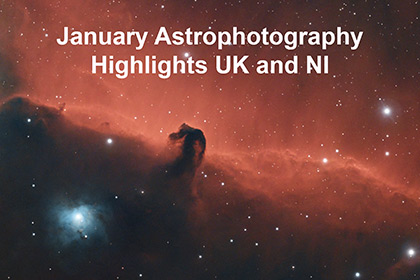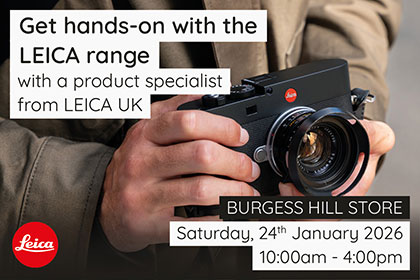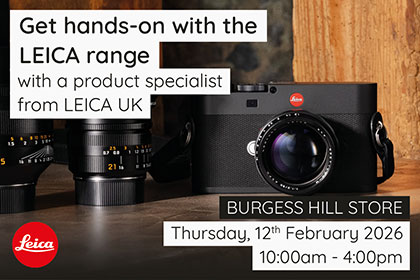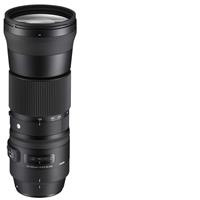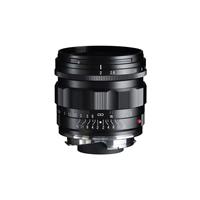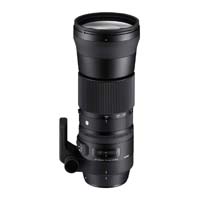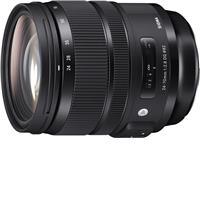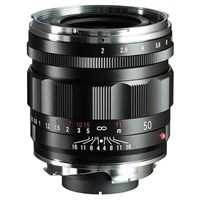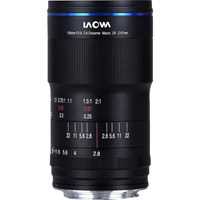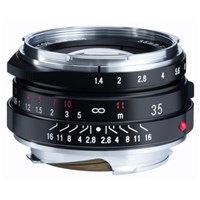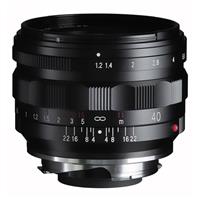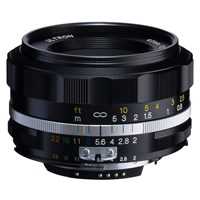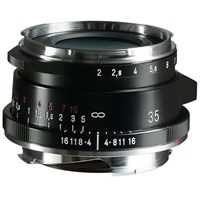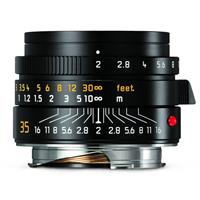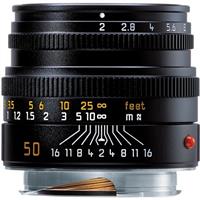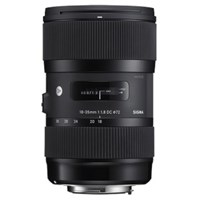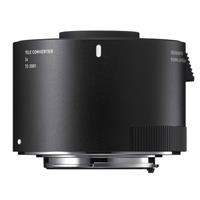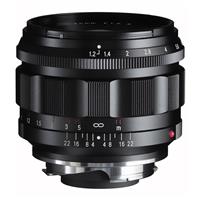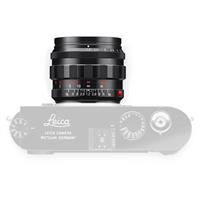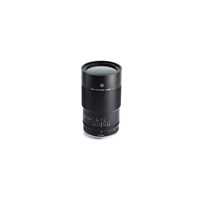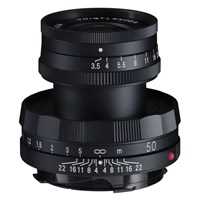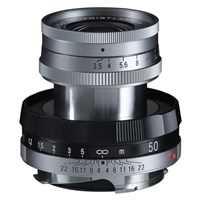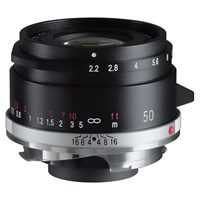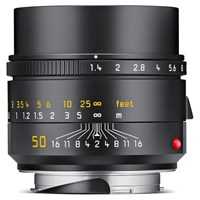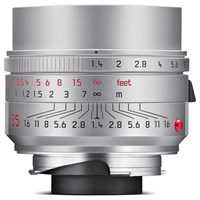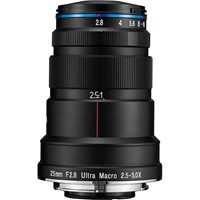- Call us: 01444 237070
- Contact Us
- Stores
- Sign In / Register
DSLR Lenses
Whether you shoot with a full-frame or crop-sensor DSLR camera, there are a huge variety of DSLR lenses available from all manufacturers, designed to meet any photographic requirement. For professionals, amateurs, enthusiasts and beginners alike, upgrading a lens is one of the best changes you can make to transform your photography, expanding your creative options. DSLR lenses can even be used with mirrorless systems by first attaching a lens adaptor.
Laowa 100mm f/2.8 2x Ultra Macro APO Auto Aperture Lens Canon EF
Voigtlander 35mm f/2 VM ASPH Ultron Vintage Line Type II Lens Black
Voigtlander 50mm f/3.5 Apo-Lanthar VM Type I Matt Black Paint Lens
Voigtlander 50mm f/3.5 Apo-Lanthar VM Type I Black Paint and Chrome
Laowa 25mm f/2.8 2.5-5X Ultra Macro Lens for Canon EF
Typically there are a few factors to consider when purchasing a new lens. These are focal length, aperture speed and whether it is a prime or zoom. Other considerations might be whether it includes stabilisation, autofocus speeds and overall versatility.
Focal length - lenses are broadly designed within three main categories, which span most photographic subjects from landscape to bird photography. These are:
- Wide angle
- Standard
- Telephoto
Your subject of interest will normally define the option you decide on, with clear differences between various models and their best uses. A street or documentary photographer will tend towards a wide to standard focal width, often choosing a fast aperture prime model. A wildlife photographer on the other hand, would inevitably select a super telephoto zoom in order to capture distant subjects. Many lenses do fall into multiple categories and present particularly versatile options.
There are also a significant number of options for specialised subjects, which include architectural tilt-shift lenses, macro and close-up, as well as fish-eye or cine lenses specifically for movie recording. Many zooms are considerable flexible ‘workhorses’ and have become must-haves for many photographers. The three which are considered the ‘holy trinity’ include a wide-angle; in region of 16-35mm, a standard zoom generally around 24-70mm and a telephoto of 70-200mm. These will have different ranges depending on the sensor size of the camera and the manufacturer.
Aperture speed (or brightness) defines a lens, with wider apertures allowing more light to enter the optics. This enables low light photography, easier hand-holding as well as the opportunity for subject separation thanks to shallow a shallow depth of field. Typically an aperture of f/2.8 or lower is considered a fast lens and often employed by advanced enthusiasts and professionals. Bear in mind that the longer the focal length, the harder it is for optical designers to get faster apertures and they will tend to be more expensive and considerably heavier.
Choosing the right lens for your camera, whether it’s a Canon EF, Nikon F, Sony A or Pentax K, can be a big decision. With the comprehensive range of options available from us, you are sure to find the perfect option whatever your style of photography. Models also include third-party manufacturers from the extremely popular Sigma, ZEISS, Samyang and Tamron.
If you are unsure of which is most suitable, why not read our handy Camera Lens Buying Guide which will help you to decide on the best choice for your digital SLR camera. Our telephone care team are also on-hand to assist with any queries you may have.
Get hands-on with your dream option and see how it feels at either of our two large photographic showrooms in Burgess Hill or London where we have a fantastic selection of new and used lenses on display.
